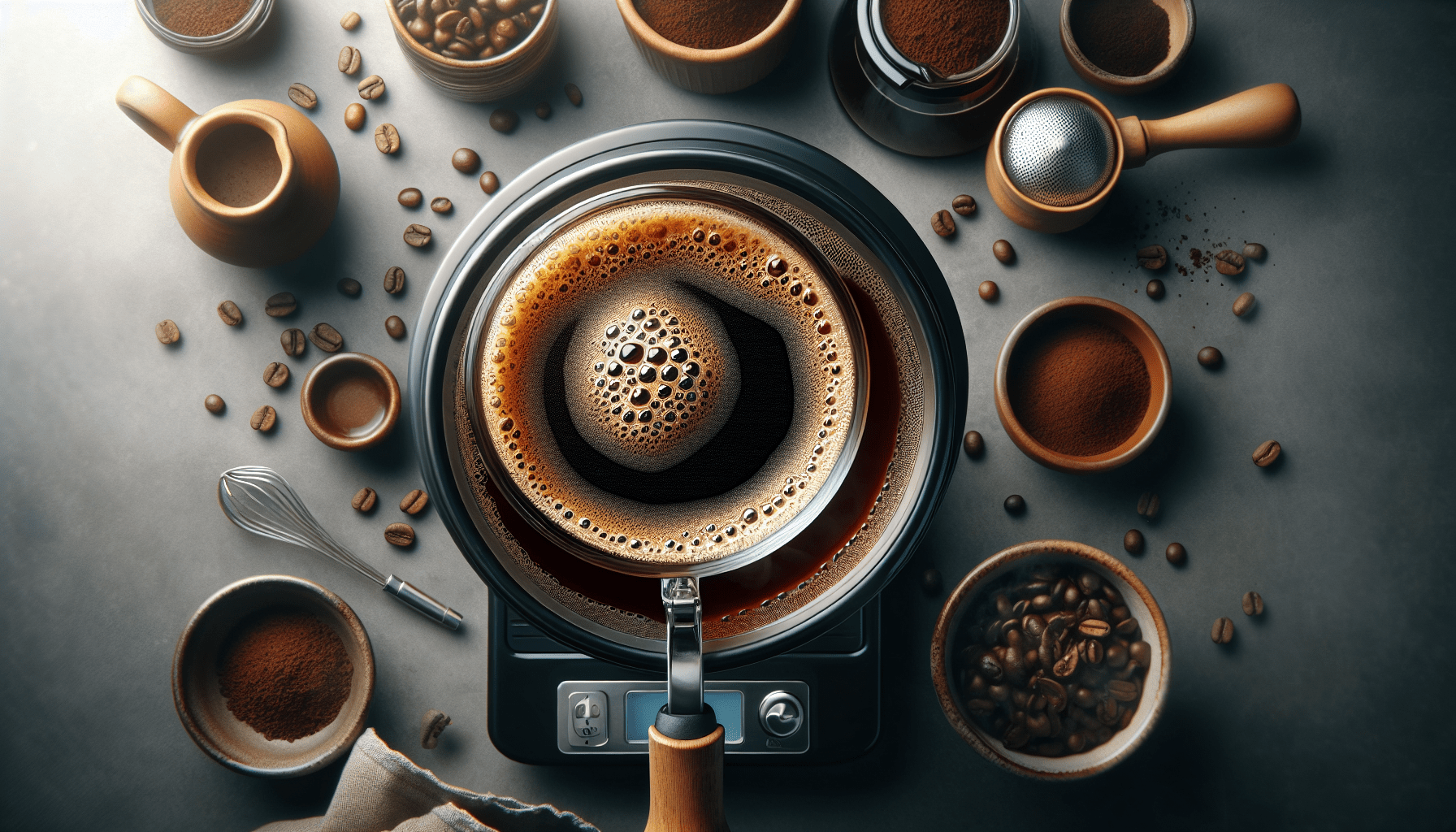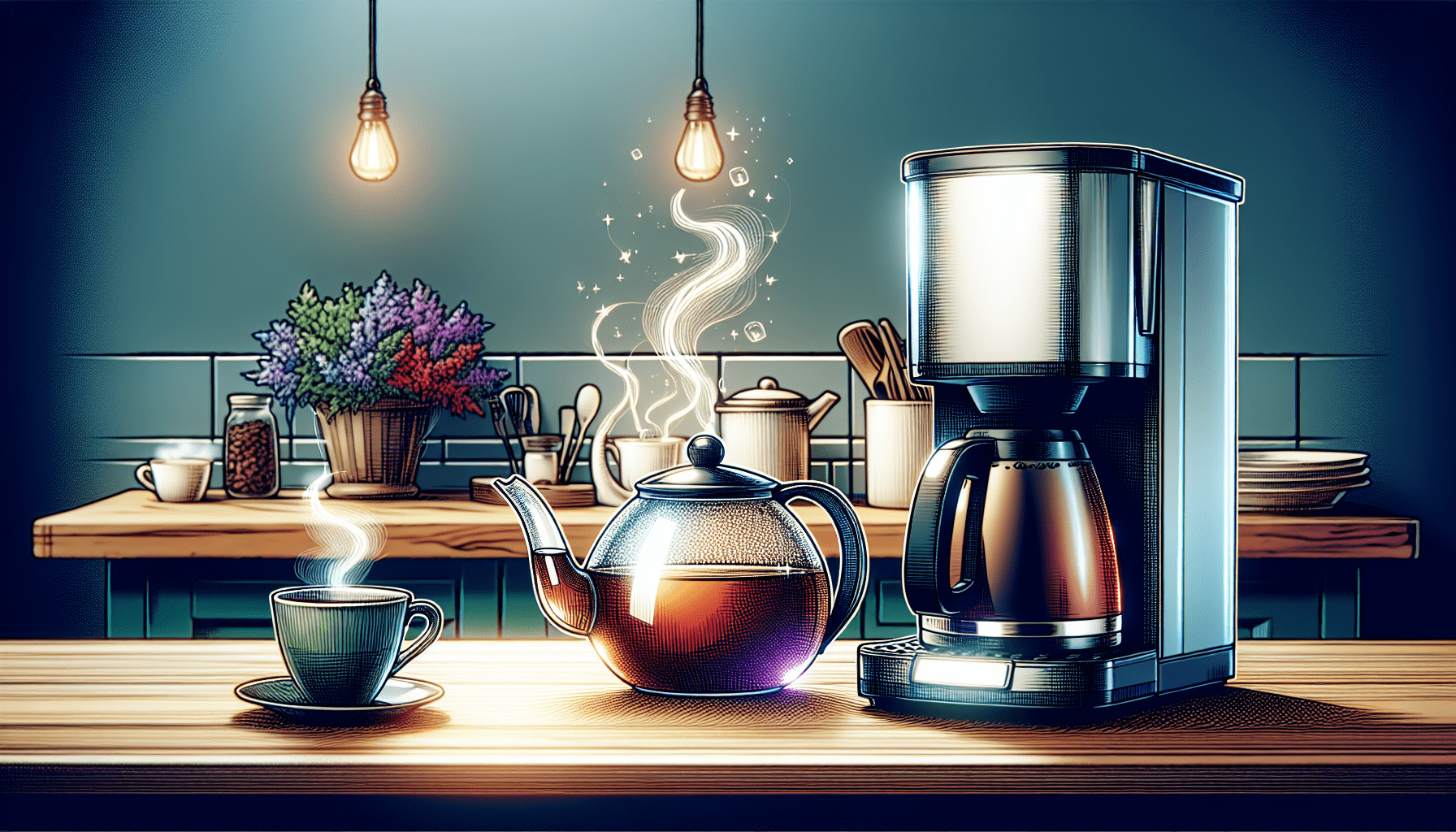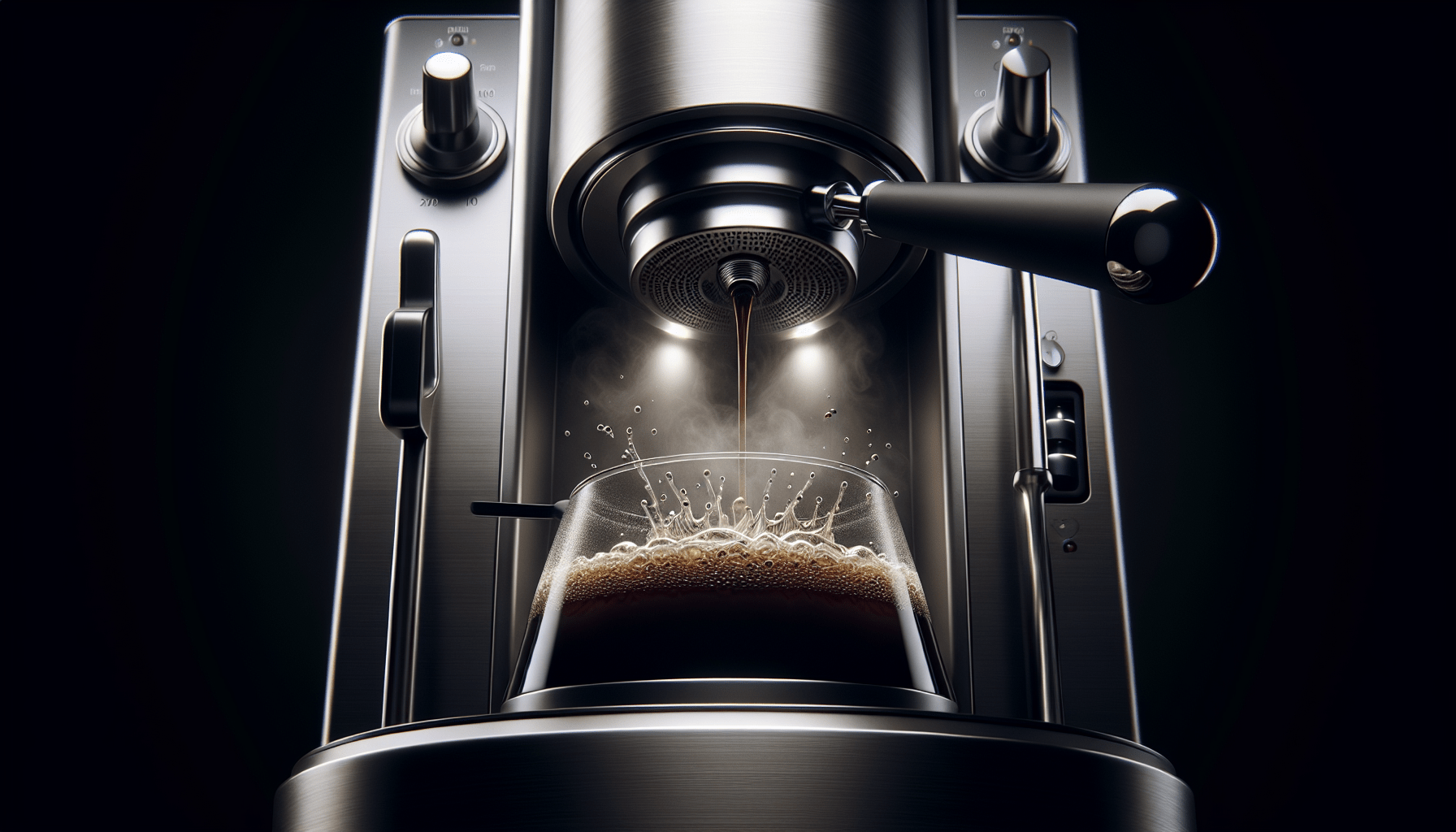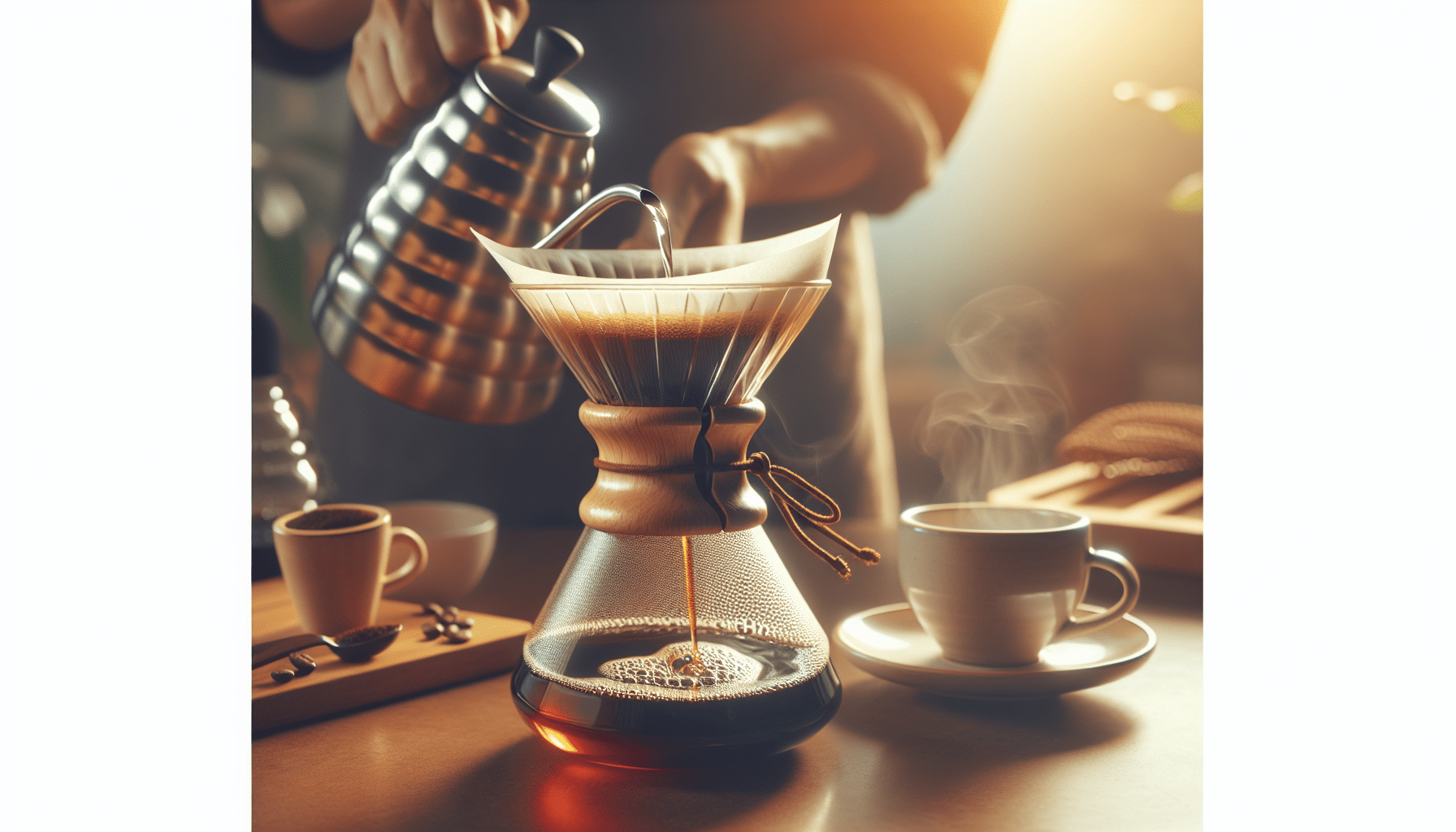You’ve finally invested in a brand new drip coffee maker, and now you’re faced with the age-old question – how much coffee should you actually use? Getting the balance just right can make all the difference in the taste of your morning cup of joe. In this article, we’ll explore the ideal amount of coffee grounds to use in a drip coffee maker, ensuring you start your day with a perfectly brewed cup every time. Say goodbye to weak or overly bitter coffee and get ready to become a coffee connoisseur with our helpful tips and insights.
Factors to consider
Type of coffee maker
When determining how much coffee to use in a drip coffee maker, it is important to consider the type of coffee maker you have. Different models may have varying capacities and brewing methods, which can affect the amount of coffee needed for a flavorful brew.
Size of coffee maker
The size of your coffee maker plays a significant role in determining the amount of coffee to use. Larger coffee makers generally require a higher coffee-to-water ratio compared to smaller ones. It is important to check the manufacturer’s instructions or guidelines to determine the appropriate ratio for your specific coffee maker size.
Strength preference
Your personal preference for the strength of your coffee will also impact the amount of coffee you should use. If you prefer a stronger brew, you may need to use more coffee per cup. On the other hand, if you enjoy a milder flavor, you can use less coffee. Experimenting with different ratios will help you find the perfect balance to suit your taste buds.
Amount of caffeine desired
If you’re looking for a caffeine boost, you may want to consider using a higher coffee-to-water ratio. The amount of caffeine in your cup of coffee is directly influenced by the amount of coffee used. By increasing the amount of coffee, you can achieve a more potent caffeine kick.
Recommended coffee-to-water ratio
General guideline
A general guideline for a standard coffee-to-water ratio is 1:15. This means using 1 gram of coffee for every 15 grams of water. However, it is important to note that this ratio can be adjusted based on personal preferences and the factors mentioned earlier.
Adjustments based on preference
To adjust the coffee-to-water ratio based on your preference, you can experiment with different ratios. If you prefer a stronger coffee flavor, you can increase the amount of coffee used to achieve a higher ratio, such as 1:14 or 1:13. Conversely, if you prefer a milder flavor, you can decrease the amount of coffee and use a lower ratio, such as 1:16 or 1:17.
Calculating the amount of coffee
Using the standard ratio
Using the standard coffee-to-water ratio, you can easily calculate the amount of coffee needed. For example, if you have a 12-cup coffee maker, which typically holds 60 ounces of water, you would need approximately 4 ounces (113 grams) of coffee. By multiplying the number of cups by the ratio, you can determine the amount of coffee required.
Using the serving size
If you prefer to brew a single cup of coffee or have a smaller coffee maker, you can determine the amount of coffee needed by using the serving size. For one cup of coffee, which is around 6 ounces (177 milliliters) of water, you would typically use 18 grams of coffee. Adjust this measurement based on your preferred strength.
Determining the number of cups
To determine the number of cups your coffee maker can brew, refer to the manufacturer’s instructions. The number of cups may vary depending on the size of the cup defined by the manufacturer. By knowing the capacity of your coffee maker, you can calculate the amount of coffee needed using the ratios mentioned earlier.
Tips for brewing the perfect drip coffee
Using freshly roasted beans
For the best-tasting coffee, it is recommended to use freshly roasted beans. Coffee beans start to lose their flavor and aroma over time, so using beans that have been recently roasted will ensure a more flavorful brew.
Grinding the coffee right before brewing
To maximize the flavor extraction, it is advisable to grind the coffee beans just before brewing. Grinding the beans too far in advance can lead to a loss of flavor and aroma. Invest in a good quality burr grinder and grind the beans to a consistency suitable for drip brewing.
Measuring accurately
Accurate measurements are crucial for brewing the perfect drip coffee. Use a digital scale to weigh the coffee and water, as it provides the most precise measurements. Avoid using volume measurements such as tablespoons, as they can vary significantly.
Optimizing water temperature
The water temperature plays a vital role in extracting the flavors from the coffee grounds. The ideal water temperature for drip coffee brewing is between 195°F and 205°F (90°C and 96°C). Using water that is too hot can result in an over-extracted and bitter-tasting brew, while water that is too cold may not extract enough flavor.
Avoiding over-extraction
Over-extraction occurs when the coffee is brewed for too long or with too fine a grind, resulting in a bitter and unpleasant taste. To avoid over-extraction, ensure you are using the correct brewing time and grind size for your coffee maker. Experiment with different settings to find the sweet spot that produces the best-tasting cup of coffee.
Common mistakes to avoid
Using too much coffee
Using an excessive amount of coffee can lead to an overly strong and bitter brew. While it may seem logical that using more coffee would result in a better flavor, it can actually overpower the taste and hinder the extraction process. Stick to the recommended ratios and adjust based on personal preference.
Using too little coffee
Conversely, using too little coffee can result in a weak and watery cup of coffee. If you find your brew lacks flavor or depth, try increasing the amount of coffee used.
Not adjusting for personal taste
Everyone’s taste preferences are different, so it is important to adjust the coffee-to-water ratio according to your personal preference. Experiment with different ratios and brewing methods to find the perfect balance that suits your taste buds.
Ignoring the size of the coffee maker
Each coffee maker has a different capacity, and ignoring this factor can significantly impact the taste of your coffee. Ensure you are using the appropriate amount of coffee for the size of your coffee maker to achieve the desired strength and flavor.
Experimenting with different ratios
Achieving a stronger brew
If you prefer a stronger cup of coffee, you can experiment with a higher coffee-to-water ratio. Try increasing the amount of coffee used per cup or reducing the amount of water for a more concentrated and robust brew.
Creating a milder coffee
For those who enjoy a milder flavor, you can experiment with a lower coffee-to-water ratio. Decrease the amount of coffee used per cup or increase the amount of water for a lighter and less intense brew.
By considering the type and size of your coffee maker, your strength preferences, and the desired amount of caffeine, you can determine how much coffee to use. Remember to follow the recommended coffee-to-water ratio, adjust based on personal taste, avoid common mistakes, and enjoy experimenting with different ratios to achieve the perfect cup of drip coffee. Cheers to brewing the perfect cup of coffee every time!




